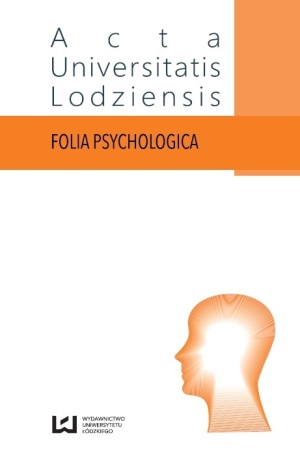TELEPRACA – UJĘCIE DEFINICYJNE, PORUSZANE PROBLEMY I ZALECENIA NA PRZYSZŁOŚĆ
TELEWORKING – THE DEFINITION, DESCRIBED SUBJECTS AND NEW DIRECTIONS FOR THE FUTURE RESEARCH
Author(s): Mateusz HaukSubject(s): Psychology
Published by: Wydawnictwo Uniwersytetu Łódzkiego
Keywords: teleworking; telecommuting; remote work; virtual teams; new work arrangements; flexibility; work related criteria; job performance; job satisfaction; work-family conflict; work-life balance; work isolation
Summary/Abstract: The aim of this article is to describe the notion of telework and show the most popular aspects of telecommuting. Detailed review of the literature points out that there is no one, widely accepted definition of telework. Thus, for the purpose of this article, telecommuting is defined as “Every sort of money-gained activity, caused by external motivation of the individual and/or induced by the organization, no metter what is the extent of time spent on teleworking. What is very imporant is the fact that teleworking is connected with fullfiling the obligations in a flexible way, outside the convencional workplace, with the use of available telecommunications or computer-based technology to transport it’s effects”. Further investigation of the literature shows that 3 aspects are being the most popular among telework researchers: 1) demographic and psychological characteristic of telecommuting individuals, 2) causes of teleworking, 3) outcomes of teleworking, such as: increased productivity, organizational loyality, satisfaction and high morale, decreased level of stress and positive work-life balance. Majority of the surveys have got plenty of methodological limitations, thus the results are not to be generalized on wider population. Moreover, obtained data varies in different studies, so that telework with all it’s aspects needs further investigation. At the end of the article there are proposed new directions for the future research.
Journal: Acta Universitatis Lodziensis. Folia Psychologica
- Issue Year: 2008
- Issue No: 12
- Page Range: 3-21
- Page Count: 19

